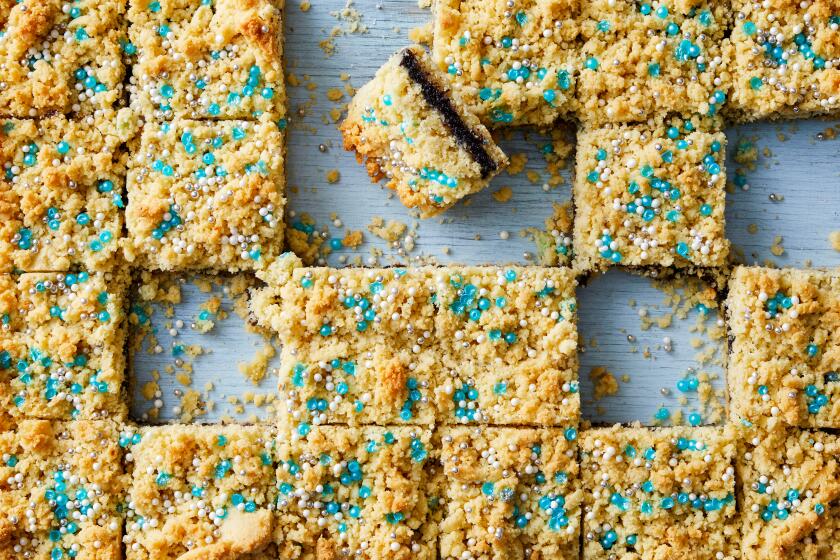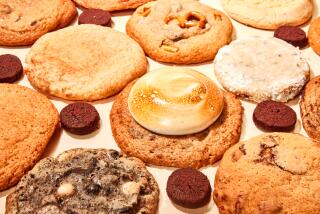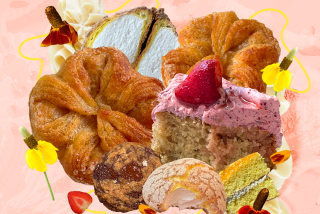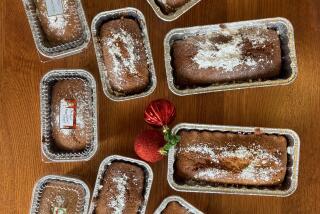Baking a lot? Follow these 7 essential tips for the tastiest results
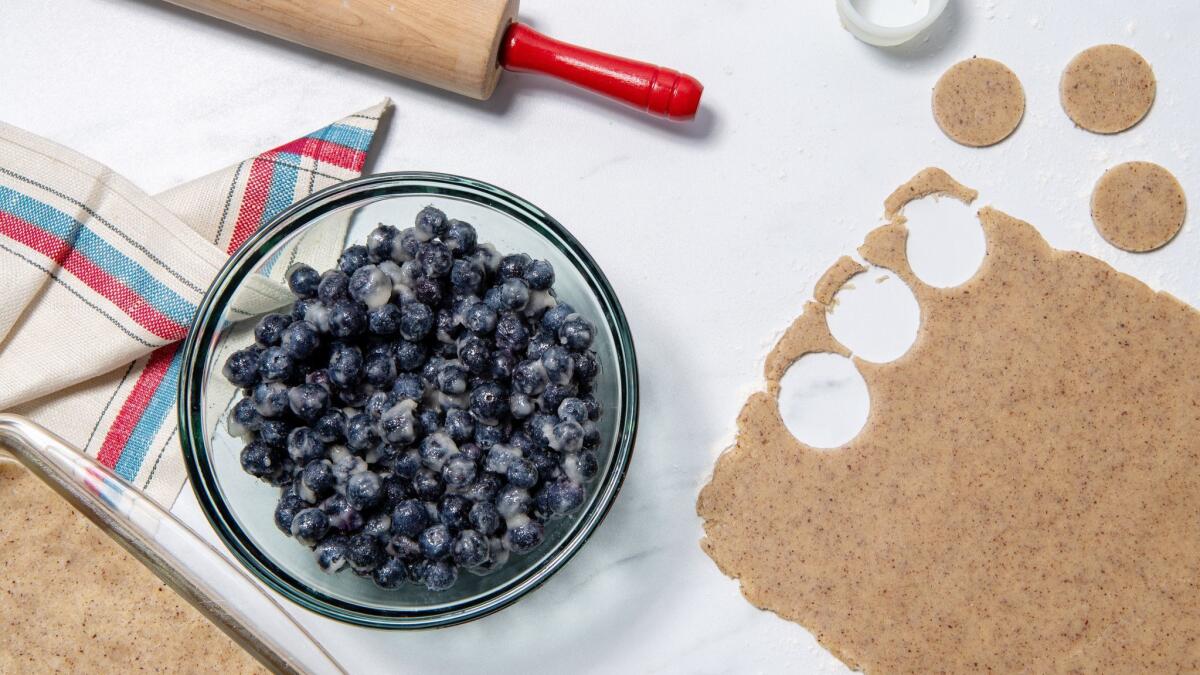
Baking can be therapeutic: It is tactile, it smells good and it offers the sureness of exact inputs yielding exact outputs. That’s what we crave right now: tangible joy and some certainty. (Also, a brownie.)
What we don’t need is any added anxiety. Because baking is as much science as art, here are some tips for novices (with notes for experts) to ensure a relaxing and rewarding baking experience:
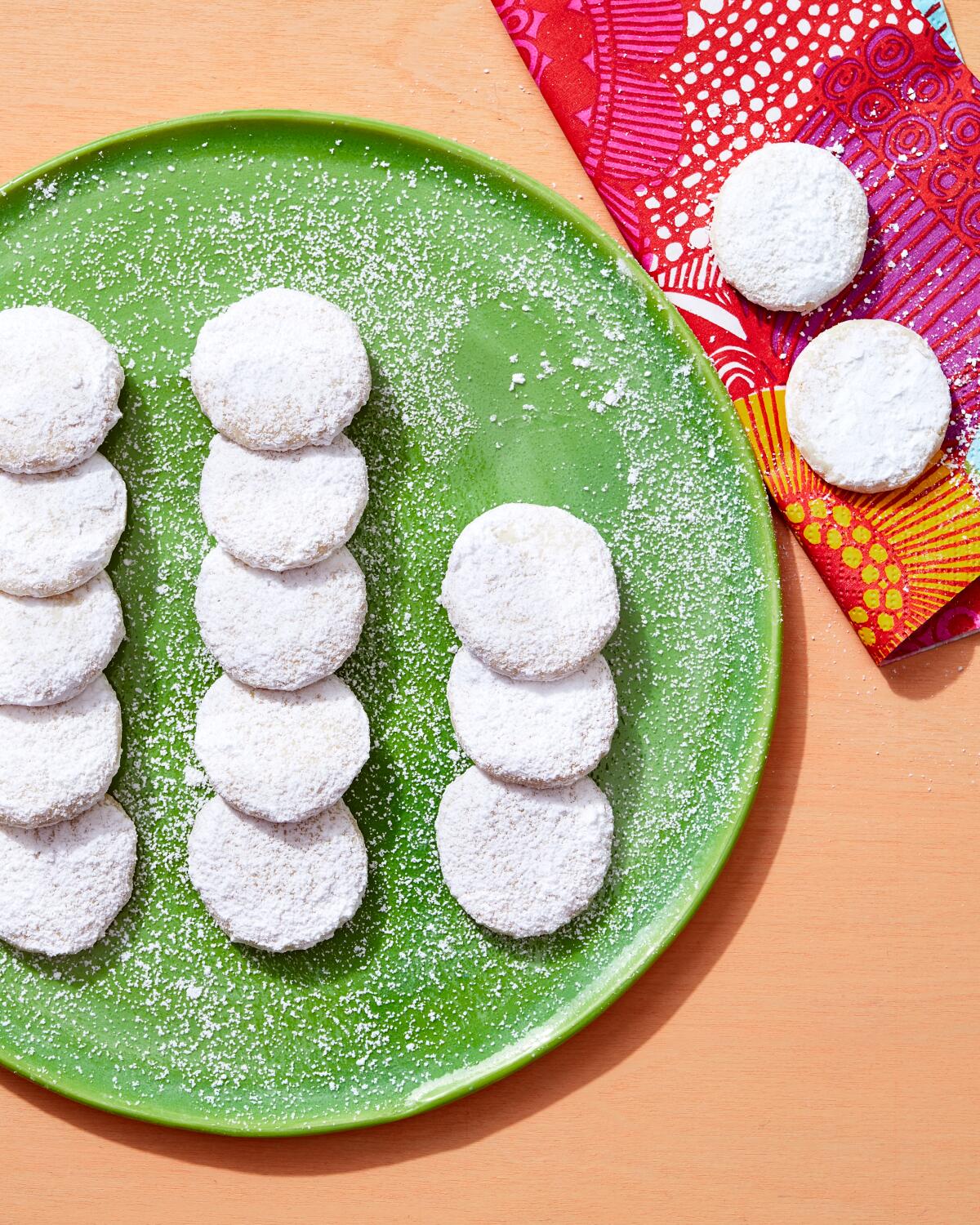
Use only tested recipes from trusted sources designed for home bakers.
You want a formula that’s guaranteed to work if followed as written. I’m biased but I’m also right. An online search will turn up a lot of random recipes that may fail. Test kitchens of food-focused media and culinary companies and established cookbook authors and bloggers are your best bet. If you’re an experienced baker, try options from your favorite pastry chefs, but unless the recipes have been adapted for home kitchens, note that they’re working with commercial ingredients and equipment, which differ from residential ones.
Try these baking recipes that don’t call for all-purpose flour or yeast, both of which are hard to find right now.
Only make no-fail substitutes.
You may not have every ingredient you want right now, but you do have access to thousands of recipes on our site and others. Look for one that lists what you have on hand. You can swap any item that doesn’t affect baking chemistry — pecans for walnuts, dried cranberries for raisins — but look for other recipe options if you’re missing the right kind of flour, fat, sweetener, leavener or liquid. For example, no baking powder on hand means a no-baking powder recipe, but there are lots of egg-leavened options out there.
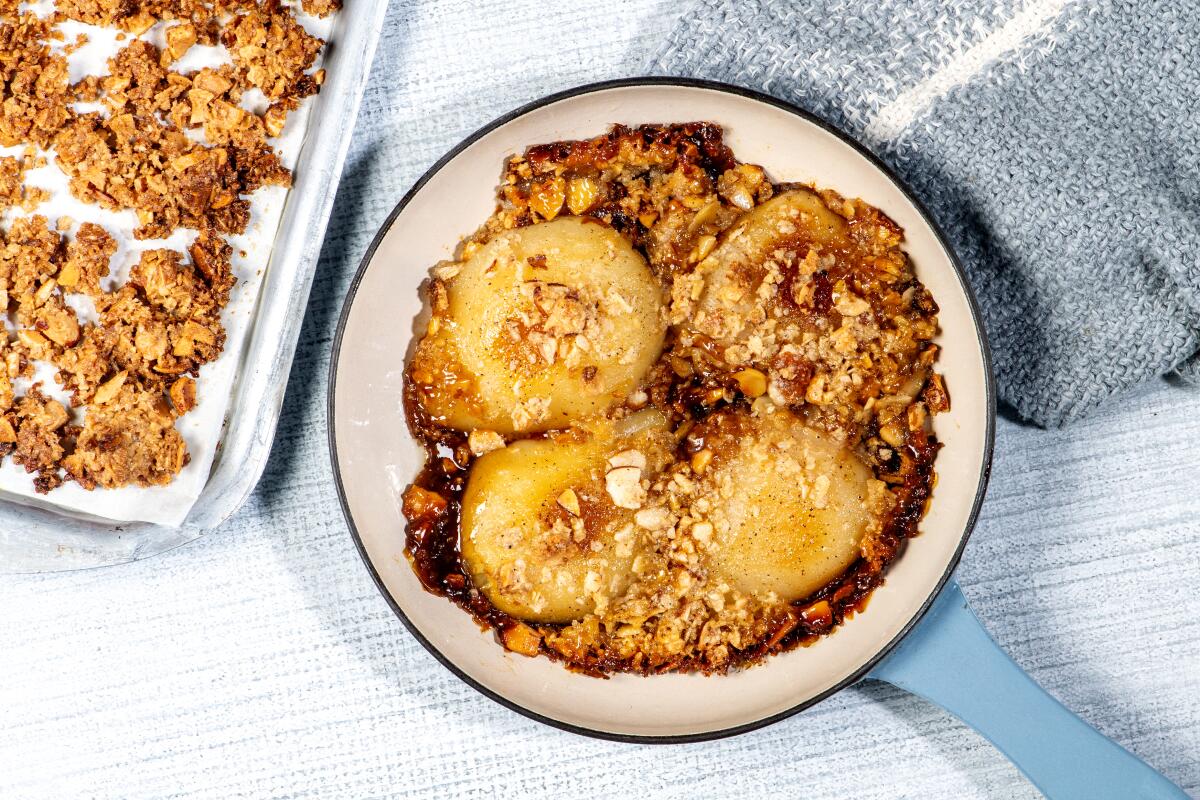
Prep fully.
Read the whole recipe first to understand what you’re supposed to do at each stage and to make sure you have the time to do it. You may not be going anywhere, but you may not want to stay up until midnight if dough requires resting. Assemble all your ingredients, pans and tools before you start cooking.
The best baking tip is measuring ingredients by weight, as professional bakers do, to ensure the most accurate and consistent results.
Measure carefully.
Bakers prefer to measure by weight because the capacities of measuring cups and spoons can be inconsistent and dry ingredients can be packed into them at different densities.The amount of flour in “1 cup” can vary by almost a whole ounce.
If you have a kitchen scale, use it and this chart for converting baking ingredients from volume to weight and vice versa. If you’re measuring by volume, use dry measuring cups for dry ingredients and liquid measures for wet ones. Fluff dry ingredients a little with a fork or whisk before scooping or spooning them into dry measuring cups, then sweep the top flat.
Generally, be gentle.
Some actions require vigor and force: If you want to bake to blow off steam, knead dough for bread, beat butter cake batter or frosting by hand or manually whisk eggs or cream to stiffen. Otherwise, use a light touch when handling dough or batter to ensure tender, well-shaped sweets.
Look for sensory clues and adjust as needed.
Here’s where the art of baking comes in: Temperature, humidity, ingredient sources and appliances can alter the outcome of even the most perfectly followed foolproof recipes. So if bread dough shouldn’t stick to your hands but it’s clinging like glue, knead in more flour. If a cake tester is supposed to come out clean when your timer goes off but it’s coated with crumbs, bake a few minutes longer.
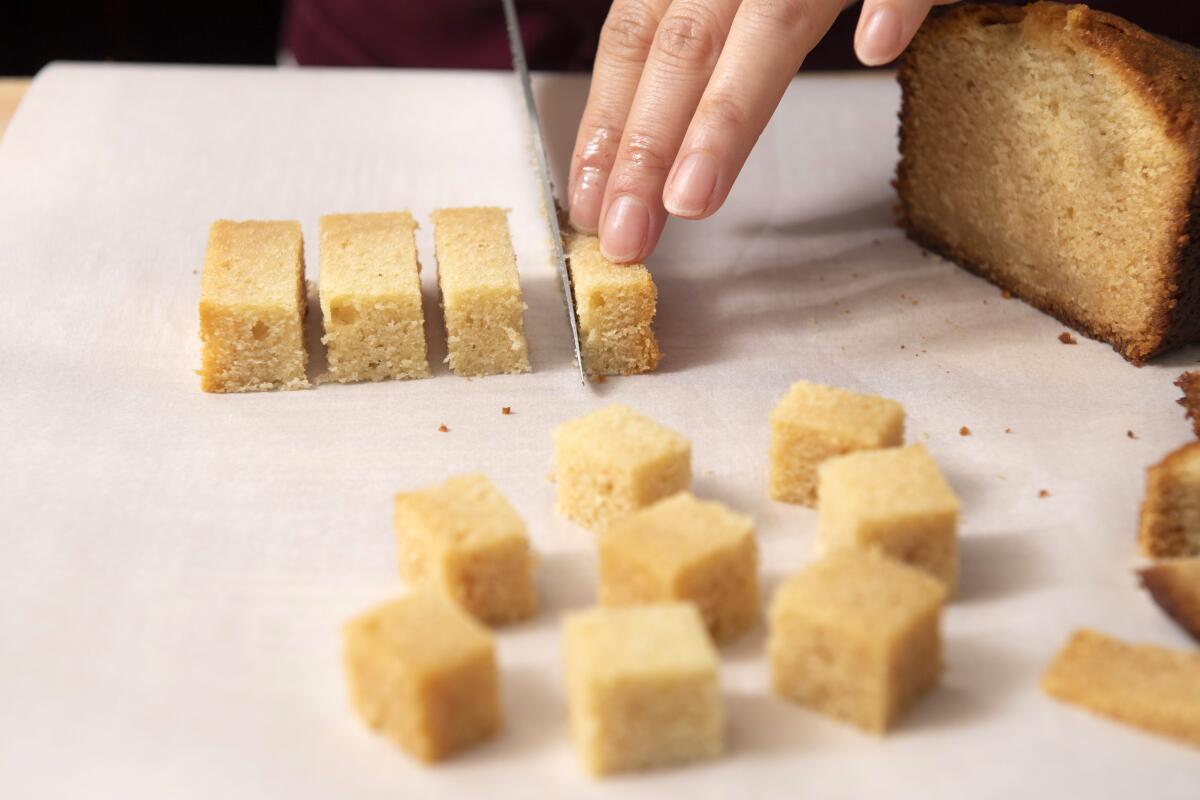
Save it even if it seems like a fail.
Maybe the cake sank or the cookies crumbled or the rolls burned. Don’t feel bad. Take a nibble and if it still tastes OK, turn it into something else. Trim burnt edges or scoop out underbaked batter, then salvage the rest. My go-to is dicing or breaking the goods into small bits, tossing with a little melted butter to coat, and toasting in a 350-degree oven until crisp for a sweet ice cream topping of savory croutons. You baked something! And hopefully you enjoyed it. That’s what matters.
More to Read
Eat your way across L.A.
Get our weekly Tasting Notes newsletter for reviews, news and more.
You may occasionally receive promotional content from the Los Angeles Times.
